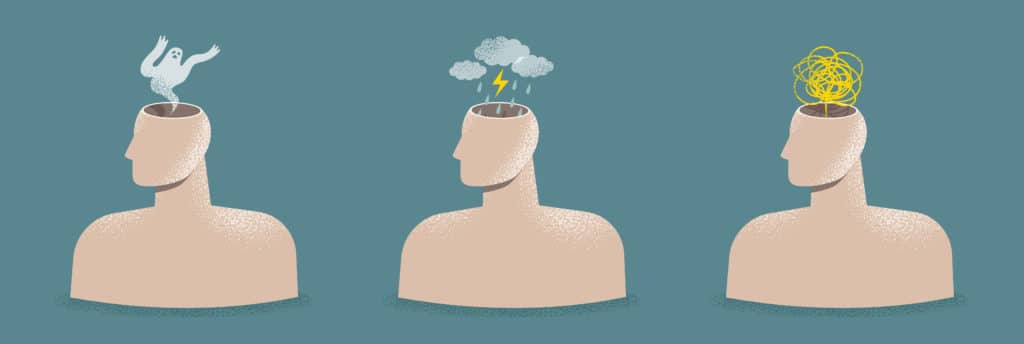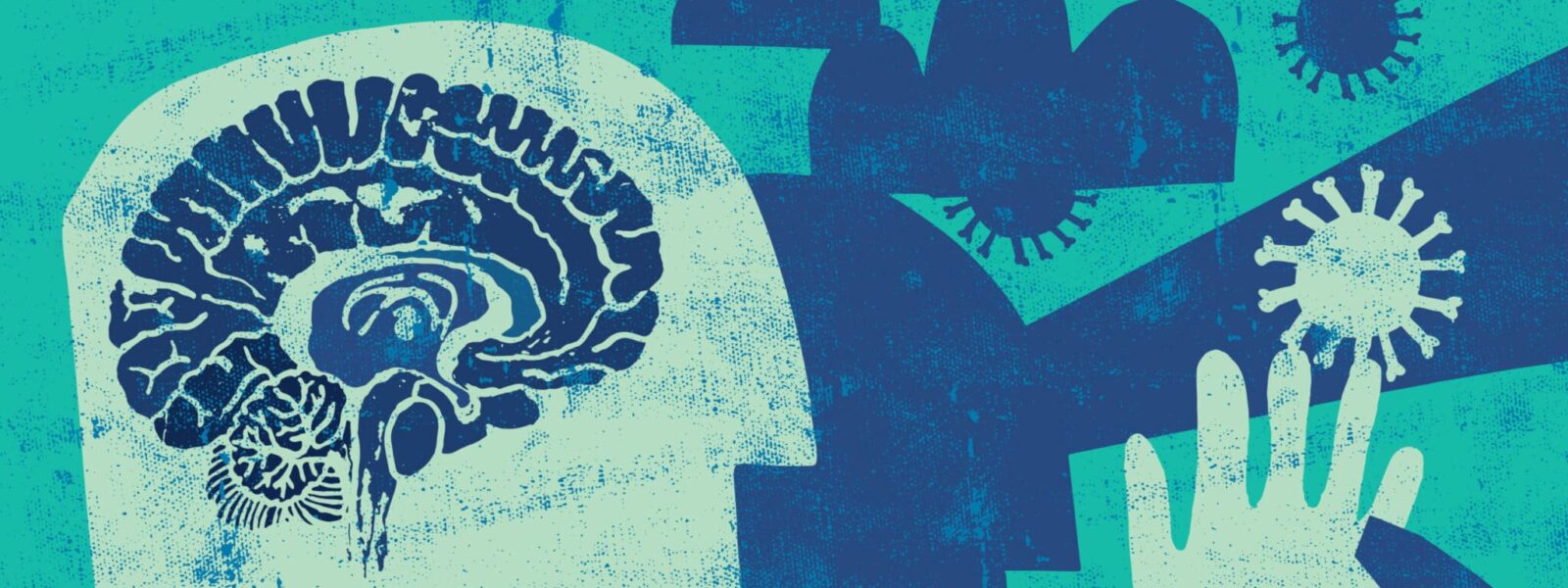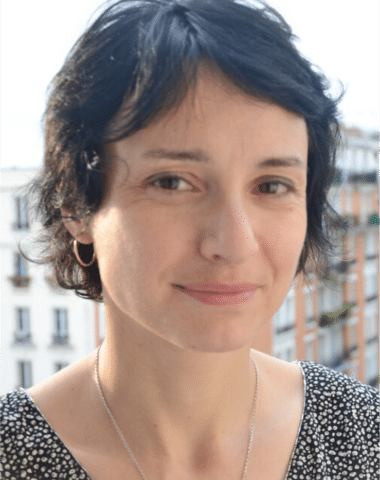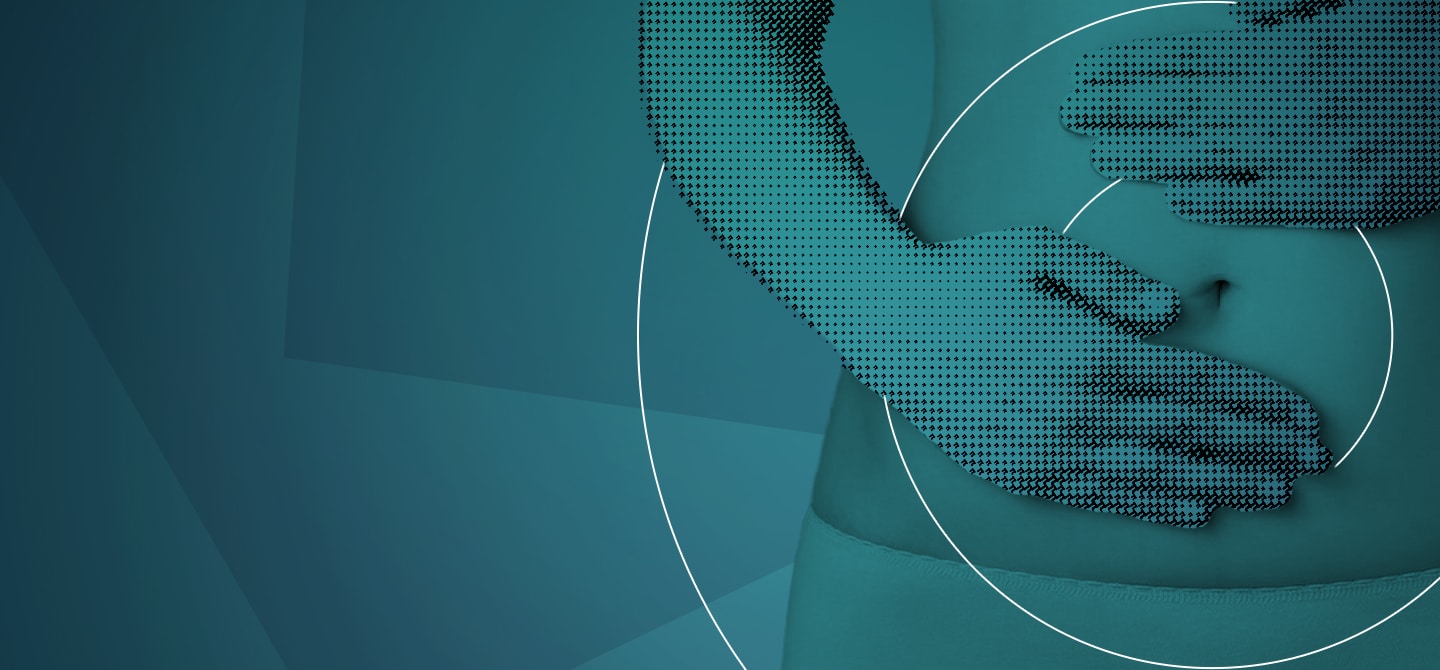What is the role of prevention in health policies?
- Primary prevention is linked to the appearance of health risks due to diet and pollution. Secondary prevention aims to detect diseases that could not be avoided.
- The VigilanS programme is a good example of primary prevention; it has reduced suicide attempts in the Pas de Calais and Nord regions of France by 10 to 12% in three years.
- As part of prevention policies, we work with young people on how to deal with emotions but, in order for these programs to be truly effective, teachers also need to be more involved in these subjects.
- The role of general practitioners is very important in prevention, yet it is often neglected. Moreover, inequalities in access to care, due to medical deserts, reinforce this non-prevention in certain sectors.
- The private sector could be involved in prevention, but the alcohol and tobacco lobbies are extremely powerful and prevent effective prevention in this sector.
In which area would you say that prevention in health policies is most advanced?
Prevention is a very broad area. We tend to distinguish between primary prevention, which is related to the appearance of health risks linked to food and pollution, and secondary prevention, which aims to detect diseases that cannot be avoided. Primary prevention is complicated because it is outside the health system, but patients can benefit from it during their health care. One example is the success of the “VigilanS” programme, which has been run by psychiatrists since 2015 and consists of calling back people who have been hospitalised after a suicide attempt six months later to find out how they are doing.
In 2018, this programme helped to reduce suicide attempts in the Nord and Pas-de-Calais departments by 10 to 12% in three years, which led to it being extended to the whole country. On the other hand, there are still many missed opportunities for general practitioners in terms of primary and secondary prevention. Although they see many people who have attempted suicide, in practice few doctors undertake specific follow-up of their patients, which increases the probability of a second attempt1.
You have worked on addictive behaviour among adolescents. Do prevention policies in this area go far enough?
In order to be more effective, the fight against psychoactive substances has been the subject of interministerial work between justice, health and customs. However, the results remain insufficient for the time being. In the framework of prevention policies, we work with young people on how to deal with emotions. But teachers should also be more involved in these subjects. In this area, Great Britain, Canada, and Australia have succeeded in setting up more integrated prevention programmes. This is probably because dedicated experts work directly with the authorities and the ban on the sale of alcohol to minors is respected. Iceland has also adopted a fairly exemplary proactive policy to limit the use of psychoactive substances among young people. The Icelandic model is based on a number of elements that modify the social environment of young people at school, in the family, in the neighbourhoods where they live – and by strengthening the links between these different circles to concretely respect the same rules of nonconsumption in different spaces, limit access to psychoactive substances, and foster communication between these different areas2.

General practitioners still have an essential role, but do they have the means to carry out prevention?
Yes, their role is fundamental. Even if it is true that, as they are becoming increasingly specialised, prevention is only a minor part of their training. Moreover, doctors can only spend an average of 10 minutes with each patient. Although general practitioners can now prescribe physical activity to overweight diabetics, there is still no evaluation of these prescriptions. Furthermore, given the medical inequalities in the country, other professionals will have to broaden their fields of competence. Nurses will be able to prescribe drugs, midwives will have to do more gynaecological monitoring and paediatricians will have to train in areas such as addictology.
Can the private sector be involved in prevention?
It can be, provided that public policies follow. In France, there is an anti-smoking policy, but fighting alcohol is more complicated. The government, which supports the wine industry, did not support the “dry January” campaign, which calls for no alcohol consumption after the New Year. The industry advertises, including on social networks, to young people, which is prohibited by law. Apart from actions by the association Addictions France, few complaints are filed. The same applies to the food industry, where lobbies are very powerful. This is illustrated by the battle waged by researchers to have labels such as Nutriscore affixed to food in order to increase transparency on the composition of food. A label that has come up against the lack of will on the part of industry.
Your work has shown that social inequalities in health are aggravating factors for obesity and depression. Are these factors being taken into account more?
Health also depends on many social and economic determinants that lie outside the health care system. In this respect, ten years ago, WHO recommended including health determinants in all policies as indicators to be evaluated. For example, in urban planning, in order to measure the impact on the health of the neighbourhood when building a road, or to calculate the benefits of policies to extend paternity leave. But it is clear that this systematic inclusion has still not been taken into account. With the pandemic, it would be even more necessary because social inequalities in mental health have increased. So much so that all policies that stabilise incomes, promote employment and good working conditions can only be positive.















